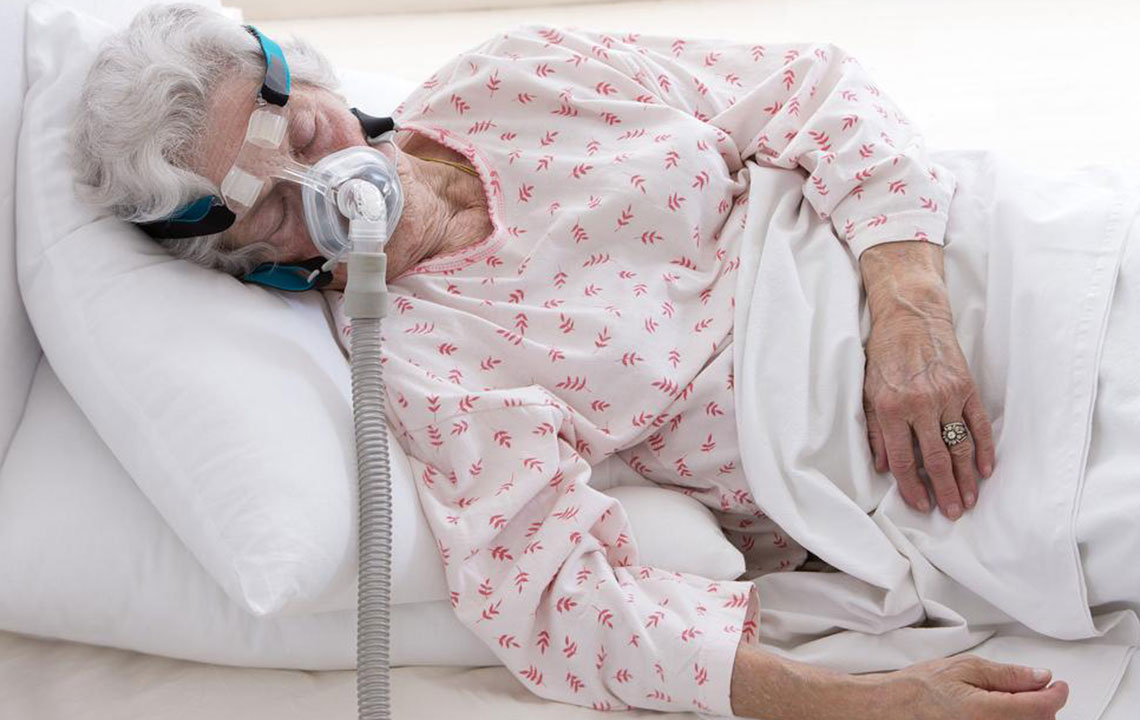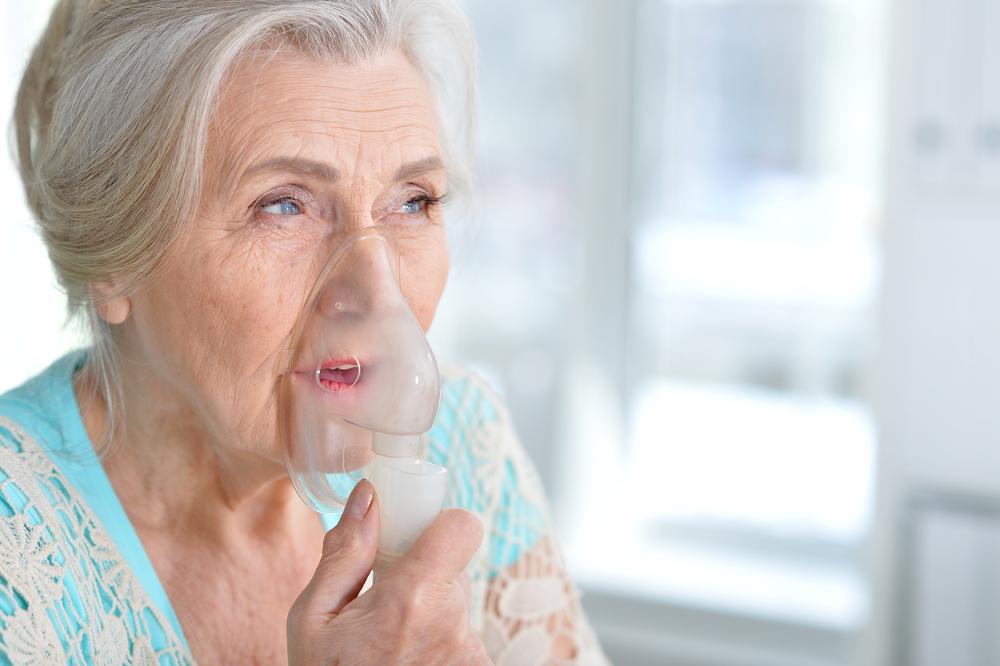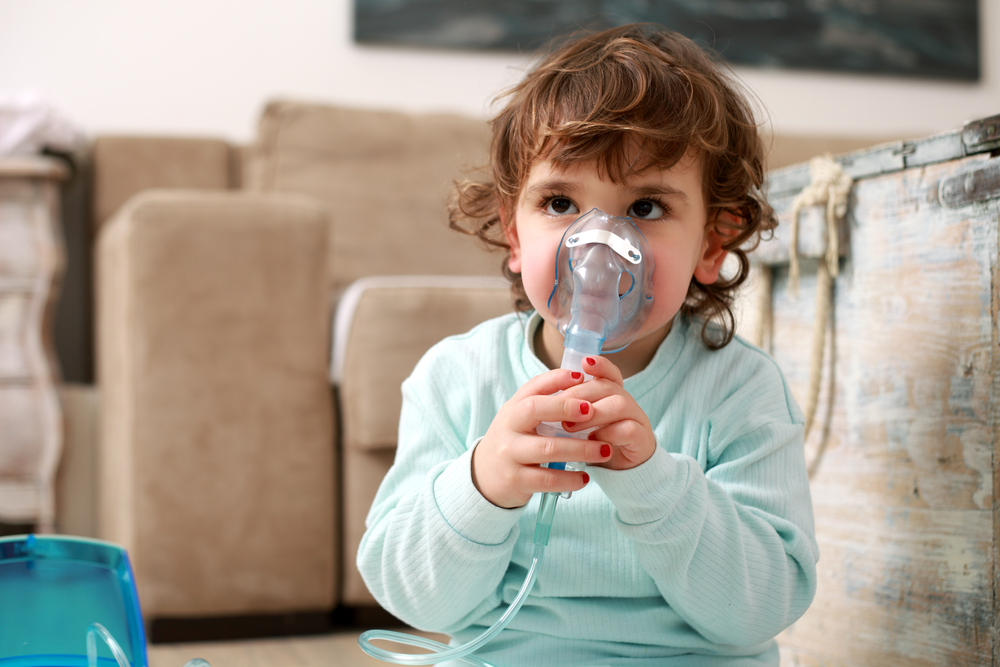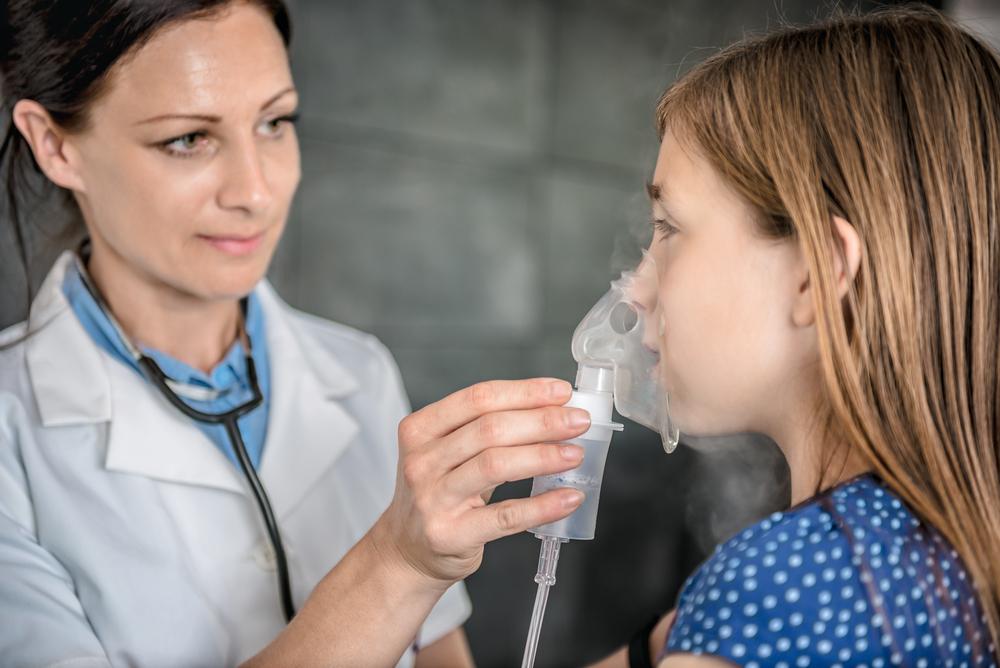Comprehensive Guide to Portable and Compact Oxygen Concentrators for Enhanced Respiratory Support
Discover the comprehensive guide to portable and compact oxygen concentrators, exploring their operation, top models, limitations, and how they enhance respiratory therapy. Learn how modern POCs support active lifestyles with lightweight and efficient designs, making oxygen therapy more accessible and convenient for users on the go.
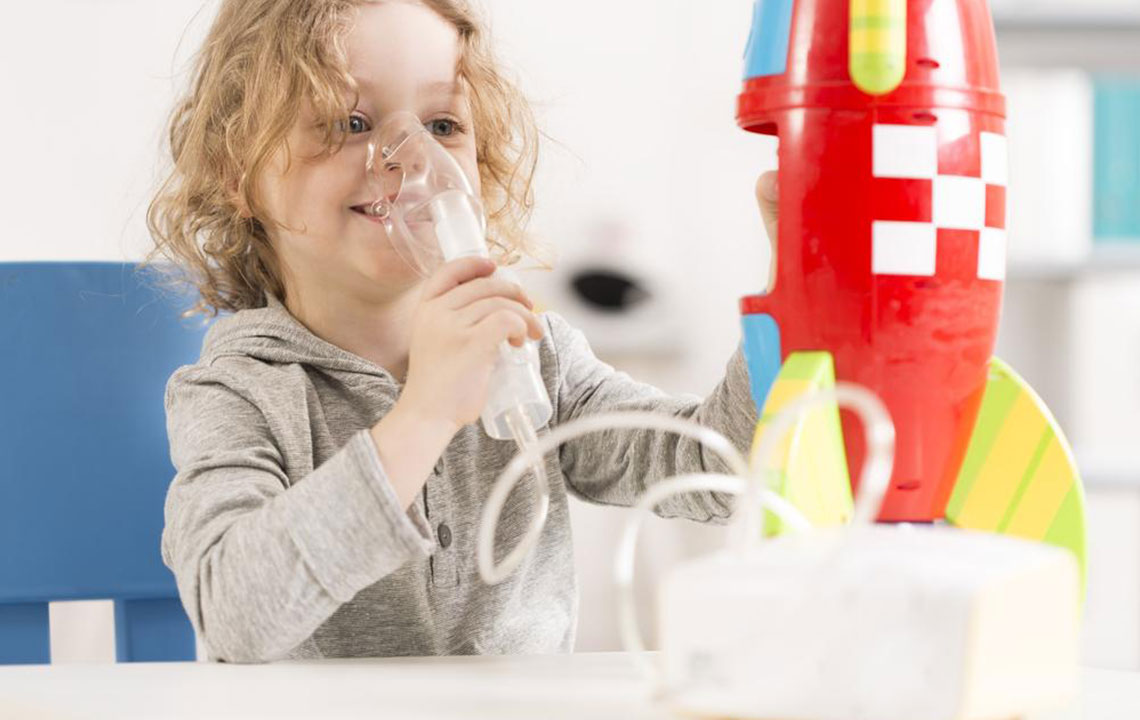
Comprehensive Guide to Portable and Compact Oxygen Concentrators for Enhanced Respiratory Support
In recent years, the advancement in medical technology has significantly improved the quality of life for individuals suffering from respiratory conditions. One such groundbreaking innovation is the development of portable oxygen concentrators (POCs) — compact, lightweight devices designed to provide on-the-go oxygen therapy. Whether for travel, outdoor activities, or daily use at home, these devices have revolutionized oxygen therapy by combining mobility with effective oxygen delivery.
Understanding how portable oxygen concentrators work
POCs function by drawing in ambient air, then filtering out nitrogen and compressing the concentrated oxygen for inhalation. This process involves sophisticated internal mechanisms that ensure the delivery of pure oxygen, tailored to individual medical needs. Typically, these devices deliver oxygen through a mask or nasal cannula, making them convenient for users requiring supplemental oxygen throughout the day.
While some models are explicitly designed for outdoor use, featuring ruggedized filters to prevent pollutant inhalation, others are intended for indoor use, offering a more stationary solution. The versatility of POCs makes them suitable for a wide range of settings — from travel and outdoor adventures to daily activities and home care.
Modern outdoor models are equipped with advanced filtration systems that remove airborne pollutants, ensuring clean inhalation even in city or industrial environments. These features are critical for users who require reliable oxygen sources during outdoor excursions or travel.
The Smallest and Lightest Portable Oxygen Concentrators on the Market
For many users, portability is the key factor when selecting an oxygen concentrator. Devices weighing five pounds or less are considered ultra-compact and highly portable. These models are perfect for individuals with active lifestyles who need dependable oxygen support without the bulk of traditional machines. Some of the most notable small portable oxygen concentrators include:
AirSep Focus: Weighing only 1.75 lbs without batteries and approximately 2.81 lbs with two batteries, the AirSep Focus stands out as one of the lightest options available. Its compact size—6.4 inches in height and 4.8 inches in width—makes it easy to carry in a bag or briefcase. It delivers a pulse flow of up to 330 ml/min and boasts an impressive battery life of up to seven hours, making it ideal for long outings or extended travel.
AirSep Freestyle: Slightly larger at 4.4 lbs with batteries, this model offers a pulse delivery of up to 498 ml/min. Its battery runtime of three hours provides ample support for most daily activities, especially those requiring moderate oxygen flow.
Additional popular models include:
Activox: Weighing 4.3 lbs, it can deliver oxygen at rates up to 3 liters per minute (LPM) and features batteries capable of lasting up to 13 hours, suitable for prolonged outdoor activities or travel days.
Respironics SimplyFlo: Designed primarily for stationary use at home, this device provides continuous oxygen flow of 3000 ml/min and weighs around 9 lbs. It caters to users who need a powerful, reliable oxygen source in a fixed setting.
Limitations and considerations of small portable oxygen concentrators
While compact POCs offer unmatched portability, their oxygen output capacity is generally lower than larger models. Small devices typically produce less oxygen per minute, which may not suffice for users requiring higher flow rates. Therefore, selecting the appropriate device involves carefully evaluating your medical oxygen requirements, lifestyle needs, and activity level to ensure the concentrator you choose delivers adequate oxygen support.
Moreover, users should consider factors like battery life, device durability, ease of use, and noise levels. Some ultra-compact models may have limited battery capacity, requiring multiple batteries for extended outings, while others might be more robust but with slightly increased weight. Consulting with healthcare providers is essential to select a device that aligns with your prescribed oxygen flow and ensures safety and comfort during daily activities or travel.
In conclusion, portable oxygen concentrators have transformed oxygen therapy from a stationary, cumbersome necessity into a flexible, convenient lifestyle choice. Whether you need a lightweight device for travel, outdoor adventures, or daily use at home, today's market offers a diverse array of options tailored to meet your specific needs, ensuring health, mobility, and independence remain within reach.
